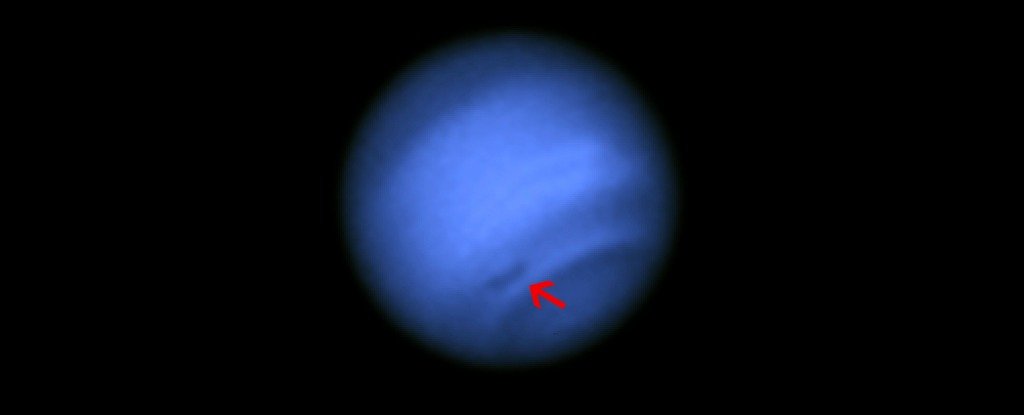ChrispenEvan said:
General Relativity Analysis via Vlt InTerferometrY
it will look at the BH in the centre of our galaxy.
https://www.eso.org/sci/facilities/develop/instruments/gravity.html
sciencey.
GRAVITY provides high precision narrowangle astrometry and phase-referenced interferometric imaging in the astronomical K-band (2.2 μm). It combines the light from four Unit Telescopes (UTs) or Auxiliary Telescopes (ATs), measuring the interferograms from six baselines simultaneously. The instrument has three main components: the IR wavefront sensors; the beam-combiner instrument; and the laser metrology system.
The
GRAVITY IR wavefront sensors will be mounted in the Coudé rooms of the UTs and will command the existing Multiple Application Curvature Adaptive Optics (
MACAO) deformable mirrors. The system can work on either of the two beams (on-axis or off-axis) behind the
PRIMA star separators. Any additional tip/tilt from the beam relay down to the
VLTI laboratory will be corrected by a dedicated laser-guiding system. Low frequency drifts of the field and pupil will
be corrected by GRAVITY’s internal acquisition and guiding camera. The interplay of these systems will guarantee an unperturbed and seeing-corrected beam at the entrance of the beam-combiner instrument in the
VLTI laboratory. The interferometric instrument will work on the 2” (for UTs) or 4” (for ATs)
VLTI field of view. Both the reference star and the science object have to lie within this field of view. The light of the two objects from the four telescopes is coupled into optical fibres for modal filtering, to compensate for the differential delay and to adjust the polarisation. The fibres feed two integrated optics beam combiners and the coherently combined light is dispersed in two spectrometers. A low resolution spectrometer provides internal phase- and group-delay tracking on the reference star, and thus enables long exposure times on the science target. Three spectral resolutions with up to R~4000 are implemented in the science spectrometer, and a Wollaston prism provides basic polarimetry.
Do I understand this?
